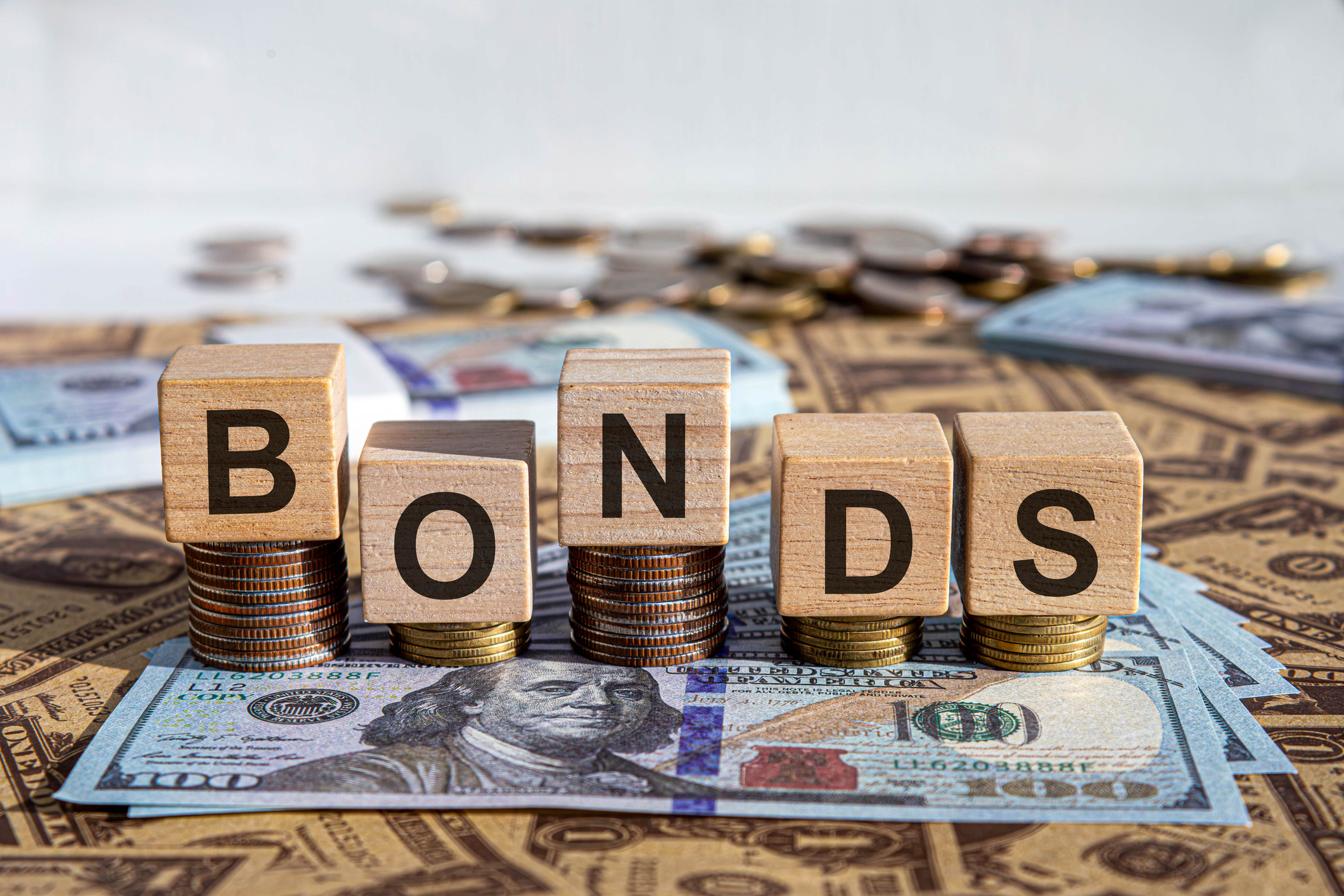Stock Market Today: Trump Reextends His Tariff Deadline
When it comes to this president, his trade war, the economy, financial markets and uncertainty, "known unknowns" are better than "unknown unknowns."



This time, there was no urgent post. But White House Press Secretary Karoline Leavitt did say during a regularly scheduled Monday afternoon briefing that President Donald Trump will issue an executive order extending to August 1 the July 9 deadline for imposition of tariffs announced April 2.
"Markets climb walls of worry," according to an old Wall Street adage. And, though price action was broadly negative Tuesday, investors, traders and speculators have indeed taken stocks to new highs since Liberation Day.
"In the latest pause on tariff implementation," write Wells Fargo economists Shannon Grein and Tim Quinlan, "the window for deal-making is extended, but so too is the uncertainty that complicates capital spending decisions."
From just $107.88 $24.99 for Kiplinger Personal Finance
Become a smarter, better informed investor. Subscribe from just $107.88 $24.99, plus get up to 4 Special Issues

Sign up for Kiplinger’s Free Newsletters
Profit and prosper with the best of expert advice on investing, taxes, retirement, personal finance and more - straight to your e-mail.
Profit and prosper with the best of expert advice - straight to your e-mail.
Energy stocks, materials and health care led the way higher, as six of the 11 sectors defined by the Global Industry Classification Standard (GICS) closed in the green. Utilities, consumer staples and financial stocks posted the biggest losses.
Chevron (CVX, +3.9%) was No. 1 atop the 30 Dow Jones stocks, while JPMorgan Chase (JPM, -3.2%) was No. 29, topping only Nike (NKE, -3.4%).
The yield on the 10-year U.S. Treasury note ticked up to 4.407% from 4.395% Monday. The Cboe Volatility Index (VIX) edged down to 16.78 from 17.79. The "fear index" remains within its normal range between 12 and 20.
Trump did take to Truth Social to display a series of screenshots of tariff form letters to Japan, South Korea and 12 other countries dictating new terms of trade and, eventually, to underscore the seriousness of his August 1 deadline.
By the closing bell, the Nasdaq Composite had added 5.9 points to 20,418. But the S&P 500 was down 0.1% at 6,225, and the Dow Jones Industrial Average had lost 0.4% to 44,240.
'Rich Man, Rich Man'
Tesla (TSLA) enjoyed an upside jolt Tuesday, rising 1.3% despite mixed reviews from critics about the recent performance of its superstar CEO and his ongoing feud with the leader of the free world.
Wedbush analyst and longtime TSLA bull Dan Ives was straight-up plaintive in a Tuesday morning note headlined "The Tesla Board MUST Act and Create Ground Rules For Musk; Soap Opera Must End."
Still, after noting Elon Musk's intent to launch the America Party, Ives maintained his Overweight (or "Buy") rating and his $500 12-month target price for TSLA stock.
"In a nutshell, we believe this is a tipping point in the Tesla story," Ives explains. "Ultimately, the Tesla Board needs to act now and set the ground rules for Musk going forward around his political ambitions and actions."
Ives says Tesla is on the verge of one of the most important stages of its growth cycle "and cannot have Musk spending more and more time creating a political party which will require countless time, energy, and political capital."
Meanwhile, Mizuho analyst Vijay Rakesh reiterated his Buy rating on TSLA stock but trimmed his 12-month price target to $375 from $390. And Guggenheim analyst Ron Jewsikow maintained his Sell rating and his $175 12-month target price.
Tesla will report full second-quarter operating and financial results July 23. TSLA stock is down nearly 40% from its December 18 52-week high of $488.54.
Small business survey says...
At the headline level, the NFIB Small Business Optimism Index was down 0.2 of a point to 98.6 but remained above the 51-year average of 98. And there were solid indications in the subindexes.
Notably, the Uncertainty Index declined from 94 in May to 89 in June.
"Small-business optimism remained steady in June while uncertainty fell," said NFIB Chief Economist Bill Dunkelberg. "Taxes remain the top issue on Main Street, but many others are still concerned about labor quality and high labor costs."
At the same time, a deeper probe reveals potentially unsettling anecdotal data, with implications for the labor market, the broader economy and monetary policy.
"Consumer demand appears to be weakening," observes Renaissance Macro Research Head of Economics Neil Dutta. "According to NFIB, more small firms report that their single most important problem is poor sales."
That subindex was up to 10% in June, "a fresh cycle high," as Dutta emphasizes. "Historically," he notes, "this series enjoys a strong contemporaneous correlation with the unemployment rate."
Dutta highlights his own implication: "Weak sales first, layoffs next?"
This week's economic calendar is highlighted by the release of the minutes from the June FOMC meeting Wednesday afternoon.
Market participants will parse the minutes for clues to policymakers' views on tariffs, inflation and employment.
The next Fed meeting is scheduled for July 29-30.
Related content
- Should You Start a 'Trump Account' for Your Child?
- The Best Growth Stocks to Buy
- How to Buy Treasury Bonds
Profit and prosper with the best of Kiplinger's advice on investing, taxes, retirement, personal finance and much more. Delivered daily. Enter your email in the box and click Sign Me Up.

David Dittman is the former managing editor and chief investment strategist of Utility Forecaster, which was named one of "10 investment newsletters to read besides Buffett's" in 2015. A graduate of the University of California, San Diego, and the Villanova University School of Law, and a former stockbroker, David has been working in financial media for more than 20 years.
-
 How to Safely Open an Online Savings Account
How to Safely Open an Online Savings AccountOnline banks offer generous APYs that most brick-and-mortar banks can't match. If you want to make the switch to online but have been hesitant, I'll show you how to do it safely.
-
 7 Ways to Age Gracefully Like the Best Stock Photo Seniors
7 Ways to Age Gracefully Like the Best Stock Photo SeniorsAs a retirement editor, I've gleaned valuable wisdom (and a lot of laughs) from one older couple that tops the seniors' stock photo charts.
-
 My First $1 Million: Banking Executive, 48, Southeast U.S.
My First $1 Million: Banking Executive, 48, Southeast U.S.Ever wonder how someone who's made a million dollars or more did it? Kiplinger's My First $1 Million series uncovers the answers.
-
 Time to Close the Books on 2025: Don't Start the New Year Without First Making These Money Moves
Time to Close the Books on 2025: Don't Start the New Year Without First Making These Money MovesAs 2025 draws to a close, take time to review your finances, maximize tax efficiency and align your goals for 2026 with the changing financial landscape.
-
 Is Fear Blocking Your Desire to Retire Abroad? What to Know to Turn Fear Into Freedom
Is Fear Blocking Your Desire to Retire Abroad? What to Know to Turn Fear Into FreedomCareful planning encompassing location, income, health care and visa paperwork can make it all manageable. A financial planner lays it all out.
-
 Gold and Silver Shine as Stocks Chop: Stock Market Today
Gold and Silver Shine as Stocks Chop: Stock Market TodayStocks struggled in Friday's low-volume session, but the losses weren't enough to put the Santa Claus Rally at risk.
-
 How to Master the Retirement Income Trinity: Cash Flow, Longevity Risk and Tax Efficiency
How to Master the Retirement Income Trinity: Cash Flow, Longevity Risk and Tax EfficiencyRetirement income planning is essential for your peace of mind — it can help you maintain your lifestyle and ease your worries that you'll run out of money.
-
 I'm an Insurance Expert: Sure, There's Always Tomorrow to Report Your Claim, But Procrastination Could Cost You
I'm an Insurance Expert: Sure, There's Always Tomorrow to Report Your Claim, But Procrastination Could Cost YouThe longer you wait to file an insurance claim, the bigger the problem could get — and the more leverage you're giving your insurer to deny it.
-
 Could a Cash Balance Plan Be Your Key to a Wealthy Retirement?
Could a Cash Balance Plan Be Your Key to a Wealthy Retirement?Cash balance plans have plenty of benefits for small-business owners. For starters, they can supercharge retirement savings and slash taxes. Should you opt in?
-
 Changes Are Coming for This Invesco Bond Fund
Changes Are Coming for This Invesco Bond FundThe Invesco BulletShares 2026 Corporate Bond ETF's bonds will mature in 2026. Here's what investors should do.
-
 7 Retirement Planning Trends in 2025: What They Mean for Your Wealth in 2026
7 Retirement Planning Trends in 2025: What They Mean for Your Wealth in 2026From government shutdowns to market swings, the past 12 months have been nothing if not eventful. The key trends can help you improve your own financial plan.